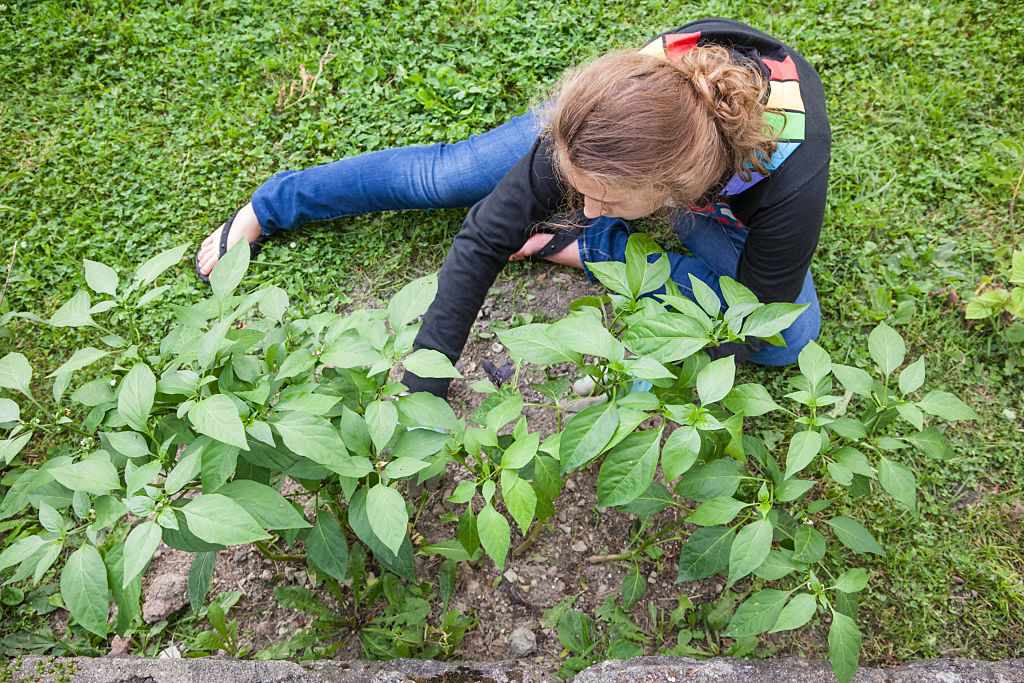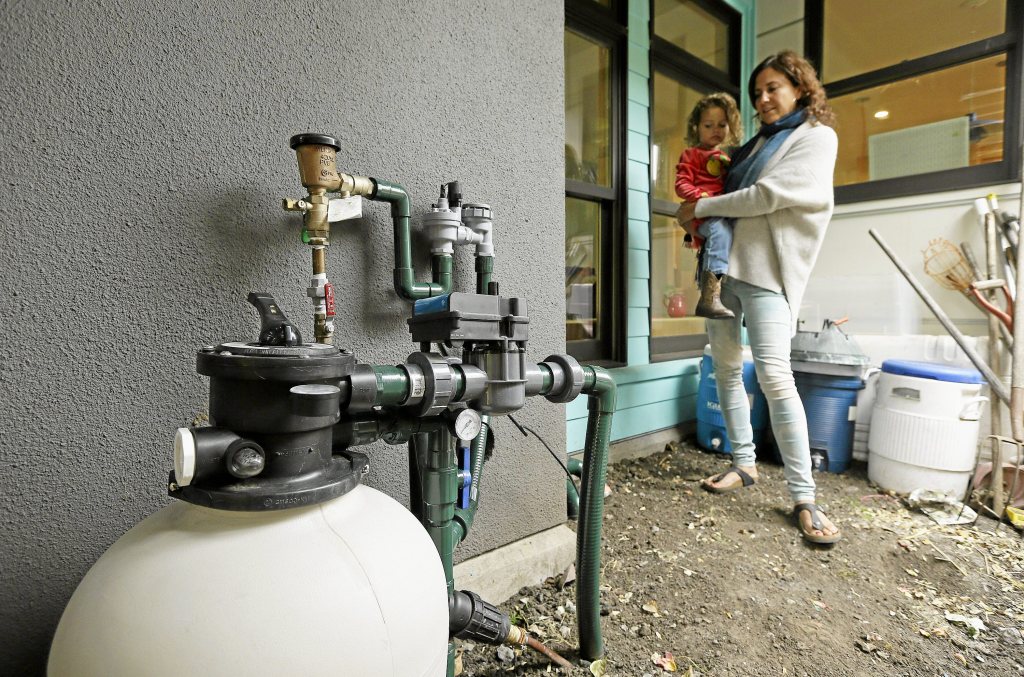
In the face of escalating climate change, schools play a vital role in preparing future generations to adapt and mitigate its impacts.
This article presents a comprehensive list of ten powerful strategies for climate change adaptation in schools.
From environmental education to community partnerships, each strategy aims to equip schools with the tools and knowledge necessary to create a sustainable and resilient environment.
By implementing these strategies, schools can foster a culture of environmental stewardship and empower students to become agents of change.
Environmental Education
Environmental education is a crucial component of comprehensive strategies for climate change adaptation in schools. By providing students with knowledge and understanding of environmental issues, schools can foster a sense of environmental stewardship and encourage active participation in nature conservation efforts.
Environmental education equips students with the tools to make informed decisions and take responsible actions to mitigate the impact of climate change. It helps them develop critical thinking skills, problem-solving abilities, and a sense of personal responsibility towards the environment.
Through hands-on activities, field trips, and interactive lessons, students can learn about the interconnections between human activities and the environment, the importance of biodiversity, and the need for sustainable practices.

Green Campus Initiatives
Green Campus Initiatives play a vital role in addressing climate change and promoting sustainability in schools.
One effective strategy is the adoption of sustainable energy alternatives, such as solar panels or wind turbines, to reduce reliance on fossil fuels.
Additionally, implementing eco-friendly infrastructure designs, such as green roofs or rainwater harvesting systems, can help conserve resources and minimize the environmental impact of school campuses.
Sustainable Energy Alternatives
A significant increase in the use of renewable energy sources is crucial for schools to effectively mitigate the impacts of climate change. By adopting sustainable energy alternatives, schools can reduce their carbon footprint and contribute to a greener future.
One solution is to install solar panels on school buildings, harnessing the power of the sun to generate electricity. This not only reduces the reliance on fossil fuels but also provides a valuable educational opportunity for students to learn about renewable power.
Additionally, schools can explore other green campus initiatives such as wind turbines or geothermal systems. These initiatives not only provide clean energy but can also serve as educational tools for students to understand the importance of sustainable practices.
Eco-Friendly Infrastructure Design
To further advance climate change adaptation in schools, a crucial step involves implementing eco-friendly infrastructure design, specifically focused on green campus initiatives.

Green building techniques can play a significant role in reducing a school's carbon footprint and promoting sustainability. Schools can adopt practices such as using renewable energy sources, installing energy-efficient lighting and appliances, and incorporating natural ventilation systems.
Additionally, sustainable transportation options can be encouraged, such as promoting biking or walking to school, providing bike racks, and implementing carpooling programs.
Creating green spaces on campus, such as gardens or rooftop gardens, can also contribute to a healthier environment and provide educational opportunities for students.
Energy Conservation
Implementing effective energy conservation measures is crucial for schools to mitigate the impact of climate change and reduce their carbon footprint. By improving energy efficiency and utilizing renewable energy sources such as solar power, schools can significantly reduce their energy consumption and contribute to a more sustainable future.
Here are three strategies that schools can implement to conserve energy:
- Conducting energy audits to identify areas of high energy consumption and develop targeted solutions for improvement.
- Implementing energy-efficient lighting systems, such as LED bulbs, which consume less energy and have a longer lifespan.
- Installing solar panels to harness the power of the sun and generate clean, renewable energy for the school.
Water-Saving Measures
Water-saving measures are crucial in schools to conserve this precious resource and adapt to the impacts of climate change. Efficient irrigation techniques can be implemented to minimize water usage in school gardens and sports fields, such as drip irrigation or soil moisture sensors.
Additionally, rainwater harvesting systems can be installed to collect and store rainwater for non-potable uses, such as flushing toilets or irrigating landscaping.

Efficient Irrigation Techniques
Efficient irrigation techniques are essential for schools seeking to adapt to climate change by conserving water resources. By implementing water-saving measures, schools can not only reduce their environmental impact but also save on water costs.
Here are three innovative irrigation techniques that schools can consider:
- Smart technology: Utilizing smart irrigation systems can help schools optimize water usage by adjusting irrigation schedules based on weather conditions, soil moisture levels, and plant water needs. These systems use sensors and real-time data to ensure that water is applied only when necessary, preventing wastage.
- Precision farming: Precision farming techniques, such as drip irrigation and micro-sprinklers, deliver water directly to the plant roots, minimizing evaporation and reducing water loss. This targeted approach ensures that plants receive the right amount of water without excess runoff.
- Rainwater harvesting: Installing rainwater collection systems allows schools to capture and store rainwater for later use in irrigation. This not only reduces reliance on freshwater sources but also provides a sustainable and cost-effective water supply for landscaping and gardening needs.
Rainwater Harvesting Systems
Schools can significantly contribute to climate change adaptation by adopting rainwater harvesting systems as a water-saving measure.
Water collection through rainwater harvesting is a sustainable practice that can help schools reduce their reliance on municipal water sources and conserve this precious resource.
Rainwater harvesting involves the collection, storage, and use of rainwater for various purposes, such as irrigation, flushing toilets, and cleaning.
One popular method of rainwater harvesting is the use of rain barrels, which collect rainwater from rooftops and store it for later use.
By implementing rainwater harvesting systems, schools can not only save water but also reduce stormwater runoff, alleviate pressure on water infrastructure, and promote a culture of sustainability among students and staff.

This simple yet effective solution can make a significant difference in water conservation efforts at schools.
Waste Management
Implementing effective waste management practices is crucial in addressing the impact of climate change in educational institutions. Schools have a responsibility to reduce their carbon footprint and promote sustainable practices, and waste management is a key aspect of this effort. Here are three strategies that schools can adopt:
- Composting practices: Encouraging students and staff to compost organic waste can significantly reduce the amount of waste sent to landfills. Composting not only reduces greenhouse gas emissions but also produces nutrient-rich soil that can be used for gardening or landscaping projects.
- Plastic waste reduction: Schools can implement measures to reduce the use of single-use plastics such as water bottles, plastic bags, and food containers. This can be achieved by promoting reusable alternatives, installing water refill stations, and encouraging students to bring their own lunch boxes and water bottles.
- Recycling programs: Setting up a comprehensive recycling program within the school premises can significantly reduce waste and promote a circular economy. Providing easily accessible recycling bins for different materials and educating students about the importance of recycling can help instill sustainable habits from a young age.
Sustainable Food Services
Sustainable food services in schools are crucial for climate change adaptation. One key strategy is reducing food waste by implementing better meal planning, portion control, and composting systems.
Additionally, farm-to-school programs can promote local and sustainable food sourcing, reducing the carbon footprint associated with food transportation.
Reducing Food Waste
An effective approach to address food waste in school settings is through the adoption of sustainable practices in food services. By implementing strategies such as food recovery and composting initiatives, schools can significantly reduce their environmental impact and promote a more sustainable future.
Here are three key actions schools can take:
- Implement food recovery programs: Schools can partner with local organizations to collect excess food and distribute it to those in need. This not only reduces waste but also helps address food insecurity in the community.
- Promote composting initiatives: Schools can educate students and staff about the benefits of composting and provide designated areas for food waste disposal. Composting not only reduces waste sent to landfills but also creates nutrient-rich soil for gardens and landscaping.
- Encourage meal planning and portion control: Schools can work with food service providers to develop menus that minimize waste and offer appropriate portion sizes. This helps ensure that students are served the right amount of food and reduces the amount of uneaten food that goes to waste.
Farm-To-School Programs
Farm-to-school programs are an effective strategy for promoting sustainable food services in schools. These programs aim to connect schools with local farmers and suppliers, ensuring that the food served in cafeterias is sourced from nearby areas. By implementing farm-to-school programs, schools can support local economies, reduce carbon emissions associated with long-distance transportation, and provide students with fresh and nutritious meals.

One aspect of farm-to-school programs is urban farming, which involves cultivating food in urban areas, such as school gardens or rooftop farms. This not only provides students with hands-on learning experiences but also increases access to fresh produce.
Additionally, local food sourcing is a key component of these programs, as it reduces reliance on industrialized agriculture and supports small-scale farmers. By incorporating urban farming and local food sourcing into farm-to-school programs, schools can foster a sustainable food system and educate students about the importance of healthy, locally sourced food.
Climate Change Research
In the realm of climate change adaptation in schools, thorough and up-to-date research is essential for informed decision-making and effective planning. Climate change research provides valuable insights into the causes, impacts, and potential solutions to climate change.
Here are three key areas of research that can greatly contribute to climate change adaptation in schools:
- Climate change mitigation strategies: Research on climate change mitigation focuses on identifying and implementing measures to reduce greenhouse gas emissions and slow down the rate of climate change. This research can help schools understand the importance of reducing their carbon footprint and adopting sustainable practices.
- Climate change impacts on education: Research on the impacts of climate change on education helps schools understand how climate change can affect teaching and learning. This research can provide insights into the challenges schools may face due to extreme weather events, changing ecosystems, and other climate-related factors.
- Best practices for climate change adaptation in schools: Research on best practices for climate change adaptation in schools offers guidance on how schools can prepare for and respond to the impacts of climate change. This research can inform schools about effective strategies for building climate resilience, integrating climate change education into the curriculum, and engaging students and the wider community in climate action.
Renewable Energy Projects
Schools can play a crucial role in climate change adaptation by implementing renewable energy projects. By incorporating renewable energy sources such as solar panels and wind turbines, schools can reduce their carbon footprint and contribute to a cleaner and more sustainable future.
In addition to generating clean energy, schools can also focus on renewable energy storage solutions to maximize their energy efficiency. This can be achieved through the use of energy storage systems such as batteries, which allow schools to store excess energy generated during peak production periods and use it when needed.
Furthermore, schools can implement energy efficiency improvements, such as LED lighting and smart thermostats, to further reduce energy consumption.

Climate Action Clubs
Implementing climate action clubs is an effective strategy for promoting climate change adaptation in schools. These clubs provide a platform for students to engage in climate action campaigns and foster student activism.
Here are three key benefits of climate action clubs in schools:
- Educational Opportunities: Climate action clubs offer students the chance to deepen their understanding of climate change and its impact. Through research, discussions, and workshops, students can learn about sustainable practices and develop solutions to address climate-related challenges.
- Community Engagement: Climate action clubs provide a space for students to collaborate with their peers, teachers, and the wider community. By organizing events, initiatives, and campaigns, students can raise awareness about climate change and inspire others to take action.
- Empowerment and Leadership Development: Climate action clubs empower students to become leaders in driving climate change adaptation. By taking ownership of projects and campaigns, students develop valuable skills such as teamwork, communication, and problem-solving, which are crucial for creating a sustainable future.
Climate action clubs in schools can strengthen their impact by forging community partnerships that enhance climate change adaptation efforts. Community engagement is crucial for addressing the challenges posed by climate change, and schools can play a significant role in fostering collaboration between students, educators, and local organizations.
By forming partnerships with community stakeholders, such as environmental organizations, businesses, and government agencies, schools can leverage their resources and expertise to create meaningful change. These partnerships can provide students with opportunities for hands-on learning, mentorship, and access to resources that support their climate action initiatives.
Moreover, community partnerships can empower students to take on leadership roles and become active agents of change within their communities. By working together, schools and their community partners can develop innovative strategies and initiatives that promote climate change adaptation and inspire a sense of collective responsibility towards a sustainable future.
Frequently Asked Questions
How Can Schools Engage Students in Climate Change Research and Encourage Them to Take Action?
Engaging students in climate change research and encouraging student activism can be achieved through hands-on projects, guest speakers, and partnerships with local organizations. By empowering students to take action, schools can foster a sense of responsibility and inspire future generations to tackle the challenges of climate change.
Renewable energy projects offer schools an opportunity to reduce their carbon footprint and instill sustainable practices. Implementing solar panels, wind turbines, or energy-efficient systems can not only reduce emissions but also serve as educational tools for students to learn about clean energy technologies.

Schools can foster community partnerships to further their climate change adaptation efforts through community outreach and engaging with local businesses. Corporate partnerships can provide resources, expertise, and funding to support sustainability initiatives and create a more resilient school environment.
Schools can promote sustainable food services by implementing strategies such as sustainable food sourcing, waste reduction, and composting. These initiatives not only reduce the carbon footprint of the school but also educate students about the importance of sustainable food practices.
What Are Some Effective Ways to Engage Students in Climate Action Clubs and Empower Them to Make a Difference in Their Communities?
Engaging students through interactive workshops and collaborative community projects can empower them to make a difference in their communities. These activities provide hands-on experiences and opportunities for students to develop leadership skills and take action towards climate change mitigation and adaptation.
 Business & FinanceHealth & MedicineTechnologyLifestyle & CultureScience & EnvironmentWorld NewsPrivacy PolicyTerms And Conditions
Business & FinanceHealth & MedicineTechnologyLifestyle & CultureScience & EnvironmentWorld NewsPrivacy PolicyTerms And Conditions
